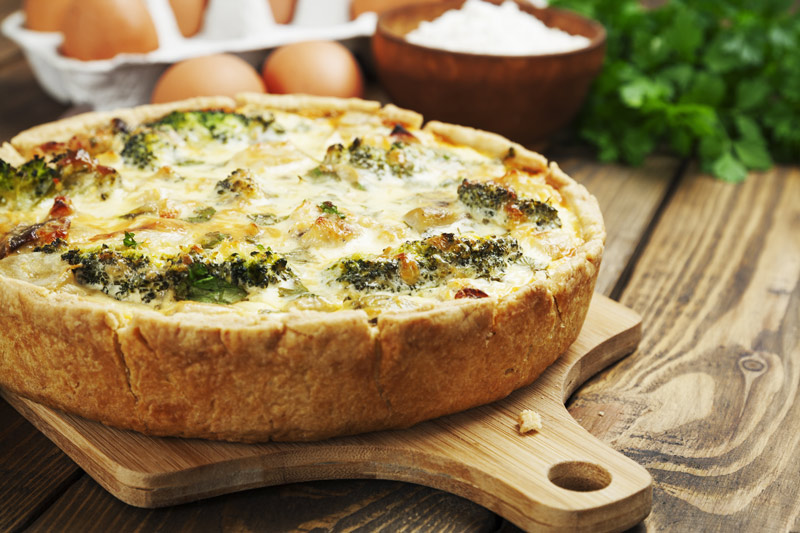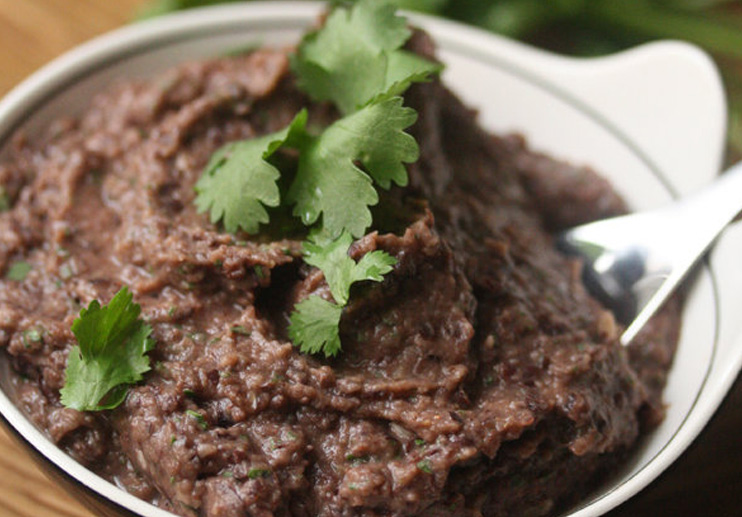This easy frittata is a great choice for either breakfast or lunch.
Ingredients
- 1 garlic clove, peeled and thinly sliced
- 3 tablespoons olive oil, plus more for drizzling
- 3 1/2 cups broccoli florets
- 1/4 teaspoon hot red pepper flakes Coarse salt (kosher or sea) and freshly ground black pepper
- 8 large eggs
- 1/2 cup grated Parmigiano- Reggiano cheese (1 1/2 ounces)
Directions
Step 1
Preheat the oven to 350°F. In a 10-inch ovenproof nonstick skillet, heat 2 tablespoons of the olive oil. Add the garlic and cook over moderately high heat for 30 seconds. Add the broccoli and crushed red pepper and cook for 1 minute. Stir in 2 tablespoons of water, season with salt and pepper, and cover. Cook over moderate heat until the broccoli is crisp-tender, 2 minutes; let cool.
Step 2
In a bowl, whisk the eggs with 1/4 teaspoon each of salt and black pepper. Stir in the broccoli. Return the skillet to the stovetop and heat the remaining 1 tablespoon of oil. Pour in the eggs and cook over moderately low heat until set around the edge, 3 minutes. Sprinkle the frittata with the cheese. Transfer the skillet to the oven and bake the frittata until the center is just set, about 12 minutes. Cut into wedges and serve warm or at room temperature with extra olive oil for drizzling.
Serves 6 — Recipe adapted from Food and Wine, March 2012




